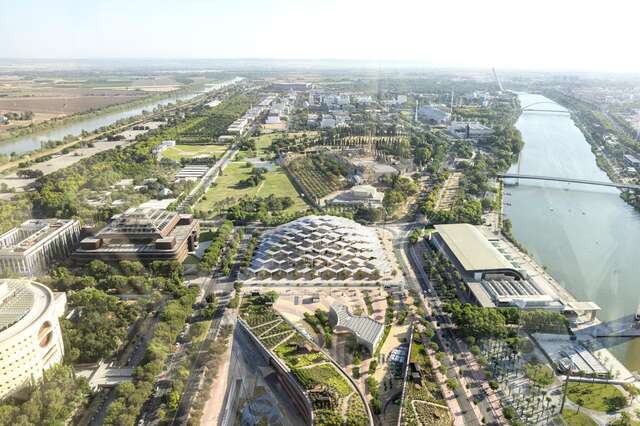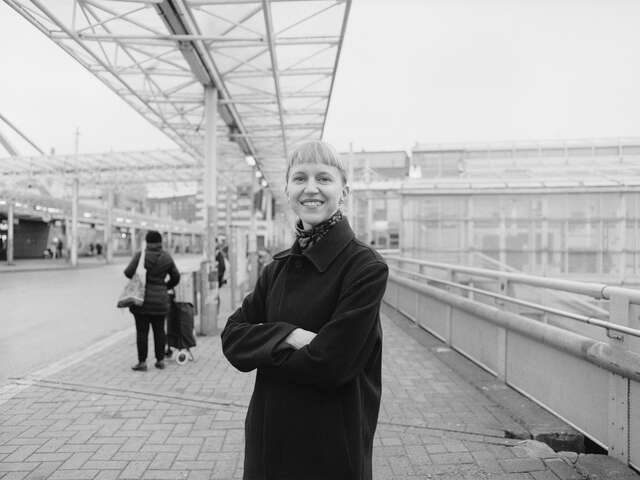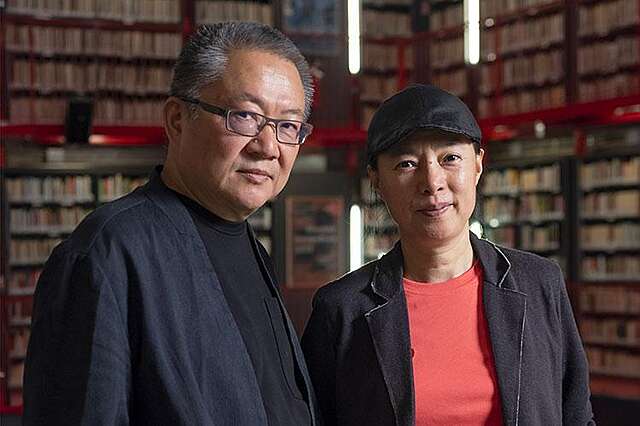Mies van der Rohe award-winning buildings encourage learning, encounters and dialogue
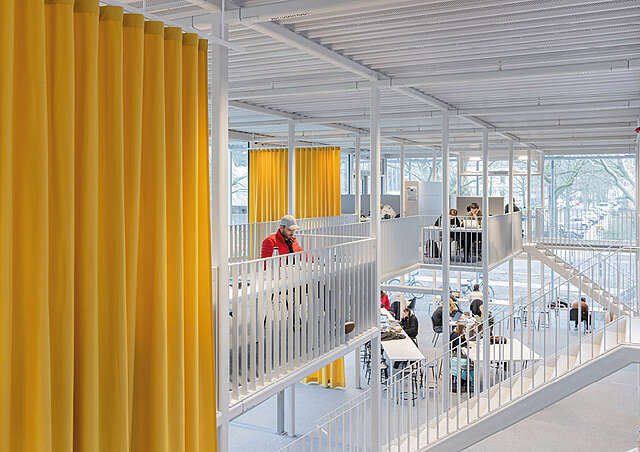
IWAN BAAN / EU MIES AWARD
The prestigious awards were presented to a university building in Germany and a library in Spain. The EU Prize for Contemporary Architecture aims to highlight the importance of quality architecture for the well-being and solidarity of citizens.
The 2024 Mies van der Rohe Award has been awarded to the Study Pavilion of the Technical University of Braunschweig in Germany. Completed last year, the pavilion-like university building takes a new approach to learning and education.
Designed by German architects Gustav Düsing and Max Hacke, the steel-framed pavilion provides a new meeting place on the university campus, serving as an open invitation to peer learning.
The two-story building provides student work spaces for all faculties. The study pavilion promotes social exchange and interdisciplinary knowledge generation between students and teachers alike and represents a counter-model to spaces of hierarchical knowledge transfer.
The building's design is inspired by such pioneering architects of experimental architecture as the English architect Cedric Price (1934–2003) and the Hungarian-French architect Yona Friedman (1923–2020). Like their role models, Düsing and Hacke challenge the notion of hierarchical knowledge production in universities.
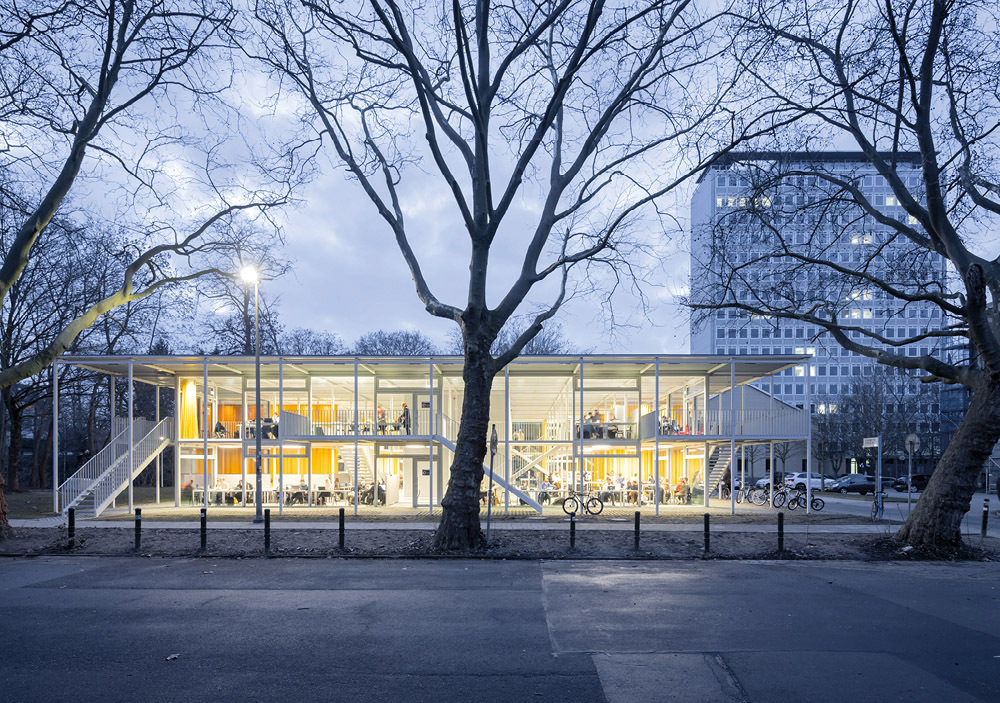
The biennial EU Mies van der Rohe Award for Contemporary Architecture aims to highlight quality architecture and its importance for the well-being and cohesion of citizens. Düsing, 40, and Hacke, 38, are the youngest ever recipients of the Mies van der Rohe Award.
As in previous years, the main award was accompanied by the Emerging Architecture award for an architect or team at the beginning of their career. The aim of the award is to highlight young designers and new concepts in design and to raise the profile of young architects and new practices in Europe.
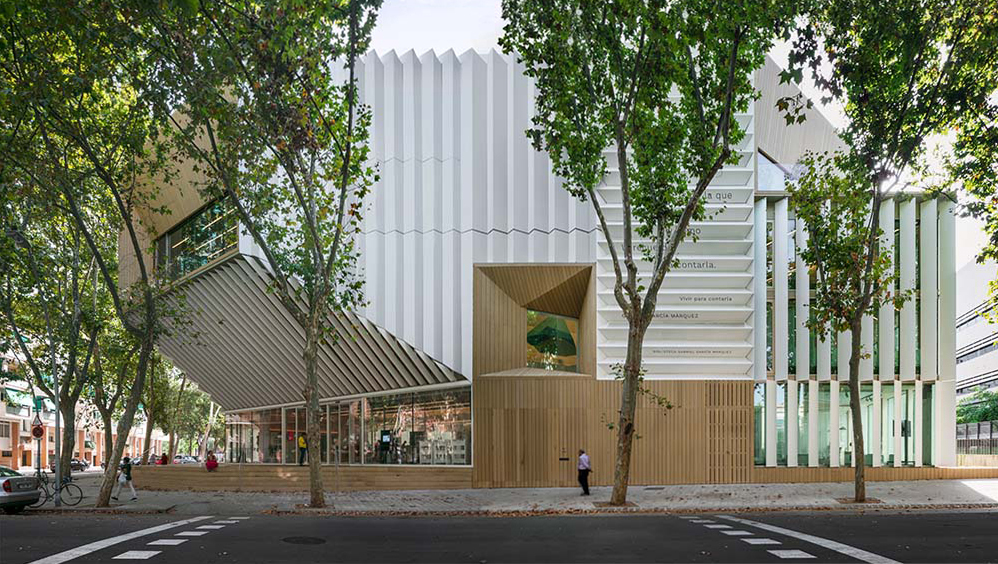
This year, the Emerging Architecture prize was awarded to the Gabriel García Márquez Library, designed by SUMA Arquitectura and completed in 2022 in Barcelona's neighbourhood of Sant Martí. Led by Elena Orte and Guillermo Sevillano, the firm's work focuses on strengthening social ties through architecture. The library, named after the Colombian writer and activist Gabriel García Márquez, is a good example: a cubic building encloses an open, agora-like space that encourages encounters and dialogue.
Both award-winning buildings emphasise the importance of learning and social encounters. According to the jury, architecture has the potential to change the way we think, to educate and to create a framework for discussion. While an increasing proportion of learning and reading takes place digitally, physical encounters and learning spaces remain crucial. In libraries and on campuses, the world is full of possibilities.
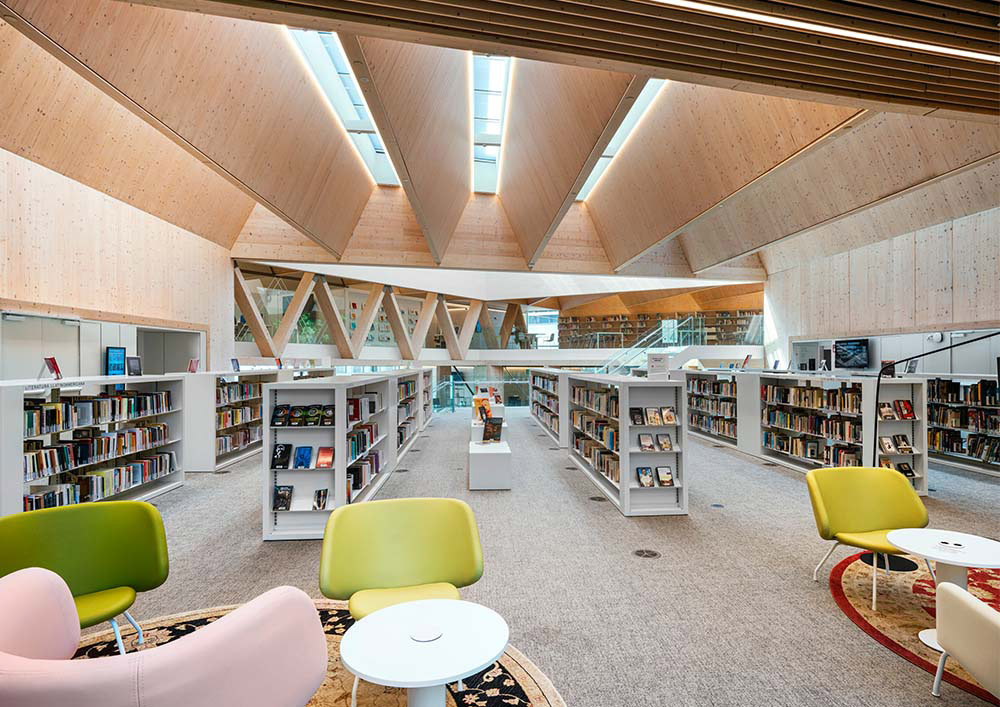
Award nominees point the way to the future of European architecture
The EU Mies van der Rohe Award for Contemporary Architecture is one of the most prestigious prizes in the field of architecture. This year's winners were selected from a total of 362 entries, of which 40 were shortlisted, and finally seven entries from six countries were selected as finalists.
Architect and chair of the jury, Frédéric Druot, points out that, alongside the winners, it is important to note the Mies van der Rohe Award's ability to highlight new perspectives and themes and its way of bringing Europe together through architecture.
Other finalists included a school building in Spain (Andrés Jaque/Office for Political Innovation), a building converted from a butchery to an art gallery in the Czech Republic (KWK Promes), the restoration and extension of the Saint-François monastery built in 1480 in France (Amelia Tavella Architectes) and a pavilion building in Sweden (Brendeland & Kristoffersen). The other finalist in the Emerging category was the renovation of the square and a new tourist centre in Portugal (Branco del Rio).
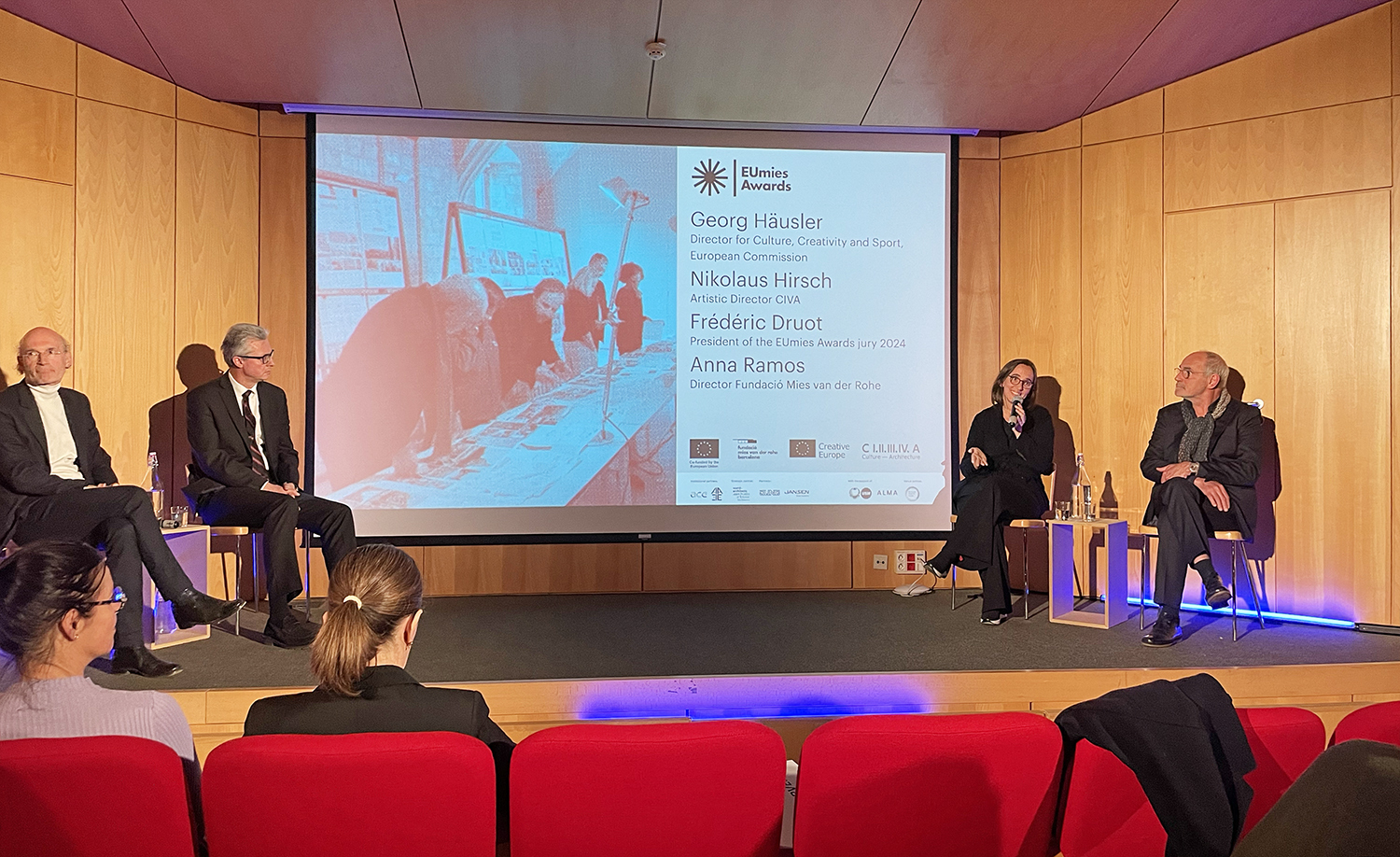
This time there were no Finnish entries among the shortlisted or finalists. The Finnish nominees were three works by JKMM Architects – Chappe in Tammisaari and Uniart's Mylly and Dance House (together with ILO Architects) in Helsinki – as well as the Hopealaakso Kindergarten (AFKS Architects) and Pikku-Finlandia (Jaakko Torvinen and Aalto University Wood Studio) in Helsinki, the airport extension (ALA Architects) in Vantaa, the Ylivieska church (K2S Architects) and the art sauna at the Serlachius Museum in Mänttä, designed by Spanish architects Mendoza Partida and BAX studio in collaboration with Finnish Planetary Architecture.
The winners of the 2024 Mies van der Rohe Awards were announced in Brussels on 25 April. The award ceremony and the opening of the award exhibition will take place on 14 May in the Mies van der Rohe Barcelona Pavilion in Barcelona.
Read more about the Mies van der Rohe award-winning university pavilion
Read more about the Emerging Architecture award-winning library
